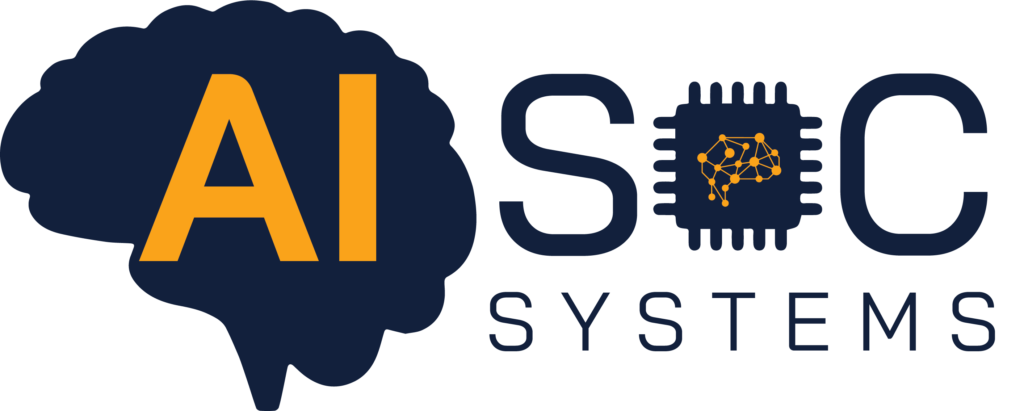Financial Insight

Financial Insight
Our Financial Insight Solution offers comprehensive data analysis and reconciliation capabilities across the General Ledger, Receivables, and Payables at the most granular level. This solution equips you with an array of benefits:
- In-Depth General Ledger Analysis: Delve into General Ledger (GL) postings, journal line details, account balances, budget utilization, encumbrances, and account activities for a comprehensive understanding of financial transactions.
- Accounts Payable Evaluation: Gain insights into your Accounts Payable (AP) balances, track due and overdue amounts, and monitor AP transactions for efficient cash flow management. For instance, pinpoint invoices nearing their due dates.
- Accounts Receivable Oversight: Obtain visibility into outstanding receivables categorized by customer, identify overdue invoices, and monitor Accounts Receivable (AR) transactions for improved collection strategies.
- Budget Performance Analysis: Analyze the utilization of budget allocations against actual expenditures, helping you identify areas of over or under-spending.
- Cash Flow Forecasting: Utilize historical data and insights to forecast future cash flow, ensuring your organization has adequate funds to meet its financial obligations.
- Expense Management: Keep a close eye on expenses by reviewing detailed transaction data, enabling better cost control and financial planning.
- Profitability Assessment: Evaluate the profitability of various business units, products, or services by examining GL data and revenue generation.
- Vendor Relationship Management: Monitor vendor performance, track payment histories, and negotiate better terms to optimize Accounts Payable efficiency.
- Credit Risk Mitigation: Identify high-risk customers or accounts with a history of overdue payments, allowing you to take proactive measures to reduce credit risk.
- Asset Management: Track the depreciation and value of assets over time, ensuring accurate financial reporting and compliance with accounting standards.
- Financial Compliance Auditing: Use data insights to ensure compliance with financial regulations and standards, providing a solid foundation for audits.
- Revenue Recognition Analysis: Determine the timing and criteria for recognizing revenue in compliance with accounting principles.
- Tax Planning: Optimize tax strategies by examining GL data to identify deductions, credits, and incentives for tax savings.
- Cost Allocation: Allocate shared costs across various departments or projects accurately, aiding in resource optimization.
- Financial Strategy Formulation: Utilize data-driven insights to develop and refine your financial strategies, such as cost reduction initiatives or revenue growth plans.
